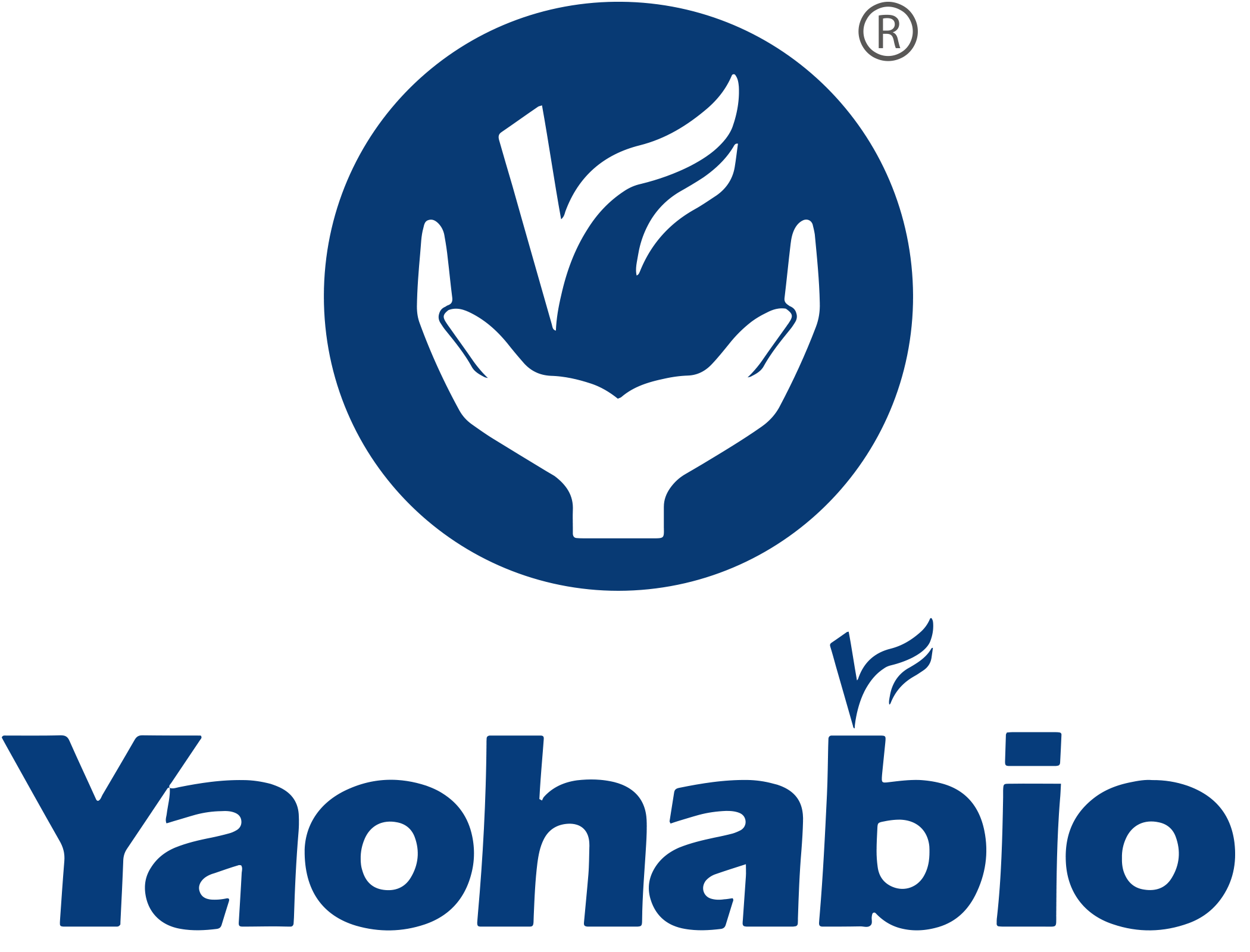Kwaliteitscontrole en Toepassingen van Recombinante Proteïnen
Kwaliteitscontrole van recombinante eiwitten is cruciaal voor de betrouwbaarheid en reproductiebaarheid van experimentele gegevens. Elk stap, van projectontwerp tot productieproces, vereist strikte kwaliteitscontrolestrategieën.
Kwaliteitscontrole Strategieën
De industriesector houdt zich aan strenge standaardoperatieprocedure, terwijl de academische gemeenschap professioneel kennis moet verbeteren om de gegevensreproductie te verbeteren. Eiwitten met specifieke biologische toepassingen of biochemische kenmerken vereisen aangepaste kwaliteitscontrole (QC) strategieën.
Uitdagende Voorbeelden en Oplossingen
Yaohai Bio-Pharma heeft uitgebreide ervaring in de productie en zuivering van recombinante eiwitten, vergezeld door een team van experts, wat ervoor zorgt dat uw eiwitproductie wordt voltooid met hoge zuiverheid. Met behulp van onze ervaring uit honderden projecten, samenvat Yaohai vriendelijk hoe u de eiwitzuivering kunt optimaliseren.
Nucleïnezuur-bindende eiwitten: Stappen voor het verwijderen van nucleïnezuur, zoals nucleasen of PEI-neerslagvorming, zijn noodzakelijk. Het A260nm/A280nm-verhoudingsgetal wordt gecontroleerd om nucleïnezuurverontreiniging te detecteren.
Muis Ferritine Zware Ketting 1 voor cryo-EM: De zuiveringsstappen moeten geoptimaliseerd worden en nucleasen moeten toegevoegd worden om het A260nm/A280nm-verhoudingsgetal te verlagen en de proteïnepureiteit te waarborgen.
Chimérique Proteïne Menselijke dsRBEC: Cellysate gebruikt een buffer met ureum, gevolgd door kolomrefolding om functioneel actieve proteïnen te verkrijgen.
Proteïnen die Divalent Cationen Binden: Specifieke divalent cationen moeten tijdens expressie en zuivering worden toegevoegd, en chelatiemiddelen dienen vermeden te worden.
Ijzer-Zwavel Proteïnen: Imidazol moet vermijden worden om de [2Fe ± 2S]-cluster niet te verstoren, zodat correcte proteïnevouwing en functie gegarandeerd blijft.
Oplosbaar Fragment van LLT1: Mutantontwerp optimaliseert de vorming van disulfidebindingen en eiwitvouwing, wat leidt tot stabiele en hoge-opbrengst eiwitten.
CLK1 Kinase Kristallisatie: Co-uitdrukking met λ-fosfaatase verwijdert fosfaatgroepen van fosforyleringsposities, en grootteuitsluitingschromatografie (SEC) en anionenuitwisselingschromatografie worden gebruikt om homogene CLK1 te verkrijgen zonder heterogene fosforylatie.
Eiwitten voor Antigen Gebruik: Reinheidsevaluatie is noodzakelijk om verontreiniging met hoog immuunactieve eiwitten te voorkomen. Voor structuurafhankelijke epitope antilichamen moet de driedimensionale conformatie van het antigen behouden blijven.
Aggregatiegevoelige Eiwitten: Strategieën zoals het testen van verschillende stammen en het verlagen van kweektemperaturen worden toegepast om aggregatieproblemen te beperken, en snelle zuiveringsstrategieën worden ontworpen.
Endotoxineverwijdering: Methoden zoals positief geladen chromatografie en polycationligandaffiniteitschromatografie verwijderen endotoxines, zodat LPS-niveaus onder de toepassingslimieten blijven.
Eiwitcomplexen: Subeenheden worden apart uitgedrukt en in vitro samengevoegd of samen uitgedrukt om functionele complexen te vormen. De integriteit van het complex wordt beoordeeld door homogeniteit en molmassa.
Conclusie
Eiwitproductie begint met een strategisch ontwerp, waarbij rekening wordt gehouden met biochemische eigenschappen en toepassingen. Tijdens de expressie, zuivering en kwaliteitscontrole worden de voorwaarden en methoden geoptimaliseerd voor stabiliteit, niet-aggregatie en de native staat. Gezuiverde eiwitten dienen verschillende naderhandse toepassingen, zoals biofysische karakterisatie.
Yaohai Bio-Pharma zoekt ook actief naar globale partners, zowel instellingen als individuen, en biedt de meest competitieve vergoeding in de branche. Als u vragen heeft, aarzel dan niet om contact met ons op te nemen: [email protected]
Nieuws
-
Yaohai Bio-Pharma slaagt in EU QP-audit en haalt ISO-drievoudige certificatie
2024-05-08
-
BiotechGate, Online
2024-05-13
-
2024 WORLD VACCINE CONGRESS Washington
2024-04-01
-
CPHI North America 2024
2024-05-07
-
BIO International Convention 2024
2024-06-03
-
FCE COSMETIQUE
2024-06-04
-
CPHI Milan 2024
2024-10-08

 EN
EN
 AR
AR
 HR
HR
 CS
CS
 DA
DA
 NL
NL
 FI
FI
 FR
FR
 DE
DE
 EL
EL
 IT
IT
 JA
JA
 KO
KO
 NO
NO
 PL
PL
 PT
PT
 RO
RO
 RU
RU
 ES
ES
 SV
SV
 IW
IW
 ID
ID
 LV
LV
 LT
LT
 SR
SR
 SK
SK
 SL
SL
 UK
UK
 VI
VI
 ET
ET
 HU
HU
 TH
TH
 TR
TR
 FA
FA
 AF
AF
 MS
MS
 BE
BE
 MK
MK
 UR
UR
 BN
BN

